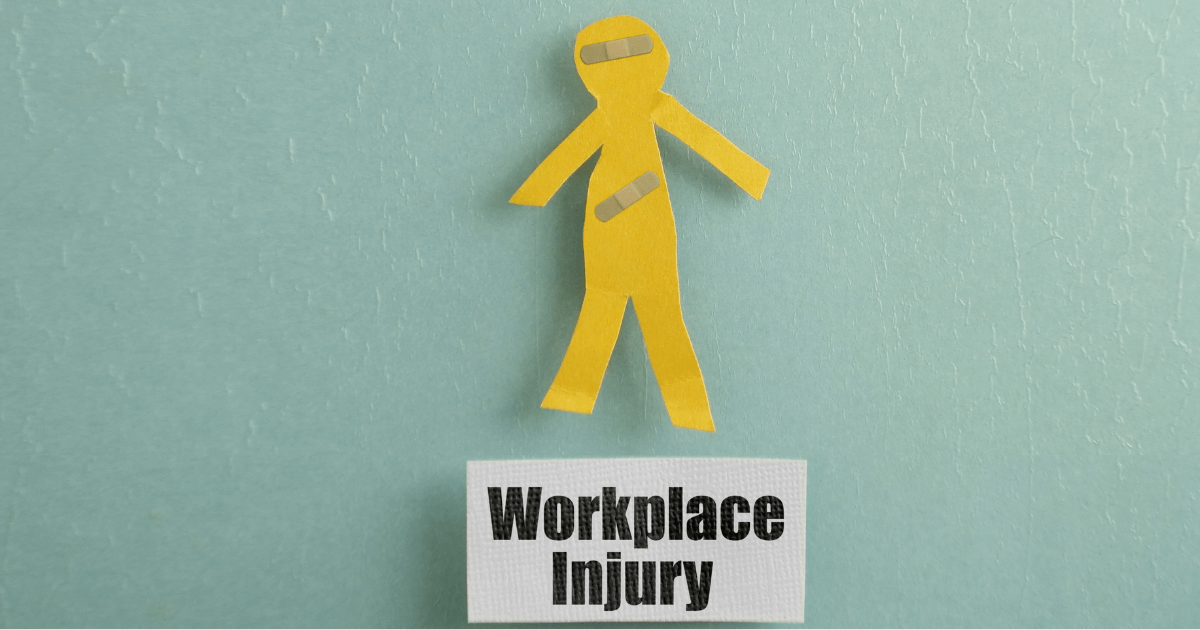A work injury refers to any injury sustained in the workplace or while conducting company business that requires medical treatment. Such injuries may or may not result in missed work time. In Ontario, the Workplace Safety and Insurance Board (WSIB) administers a no-fault workplace insurance system for employers and workers.
Generally, an injured worker cannot sue their own employer, co-workers, or other employers for personal injury damages. However, there are specific situations where individuals have the right to pursue a work injury lawsuit, even if they are unaware of it. If you have suffered a workplace injury, it is crucial to consult an experienced work injury lawyer who specializes in this complex area of law. If you do have the right to sue, the compensation available through a civil lawsuit is often significantly higher than what WSIB benefits provide.
To understand your options, it’s important to know who qualifies for WSIB coverage. Eligibility requires that your injury or illness resulted from a work-related accident, and that you work within an industry covered by WSIB. There are two main categories of industries under WSIB coverage:
-
Schedule 1:
- This includes nine industry classes such as forest products, mining, manufacturing, transportation and storage, retail and wholesale trades, construction, government services, and others. Schedule 1 covers the majority of workers and employers.
-
Schedule 2:
- This category consists of self-insured industries that pay full claim costs plus administrative fees to WSIB. Examples include railways, federally regulated telephone and telegraph companies, navigation companies, provincial governments, municipalities, school boards, and more.
- In addition to knowing your WSIB eligibility, it’s essential to understand when you have the right to file a lawsuit. Injured workers in Schedule 1 can sue Schedule 2 employers or workers. Conversely, Schedule 2 injured workers can sue employees or employers from either Schedule 1 or Schedule 2. Sometimes, workers have what is called a “concurrent” entitlement, which means they can choose either to file a WSIB claim or to sue for pain and suffering and other losses through a civil lawsuit. This choice is known as making an election.
For example, consider a truck driver involved in a motor vehicle accident caused by another driver who was off duty at the time. The truck driver can choose to claim WSIB benefits or file a lawsuit against the at-fault driver. Another example is a worker installing cable who slips and falls on icy steps; the worker may sue the property owner responsible for the unsafe condition while still pursuing WSIB benefits.
If you have been involved in a workplace accident and are unsure whether you have the right to sue, it is vital to act quickly. Generally, you must make an election within three months of the accident date by completing, signing, and submitting a WSIB Election Form. Prompt consultation with a knowledgeable work injury lawyer is critical to help you determine your rights, make the correct election, and maximize your potential recovery.
Another example is that of a worker who is installing cable services to a home, and slips and falls on icy steps. The worker is entitled to sue the at-fault property owners, but also retains his claims for WSIB benefits.
If you have been involved in a workplace accident, and you are not sure whether you might have the right to sue, you must act quickly. Generally, an election must be made within 3 months from the date of the accident. In order to make that election, you must complete, sign, and file a WSIB Election Form within that time limit. That is why it is so important to discuss this matter right away with an experienced work injury lawyer, who can help you determine whether you have the right to sue, and maximize your recovery if you have been involved in a work-related accident.















